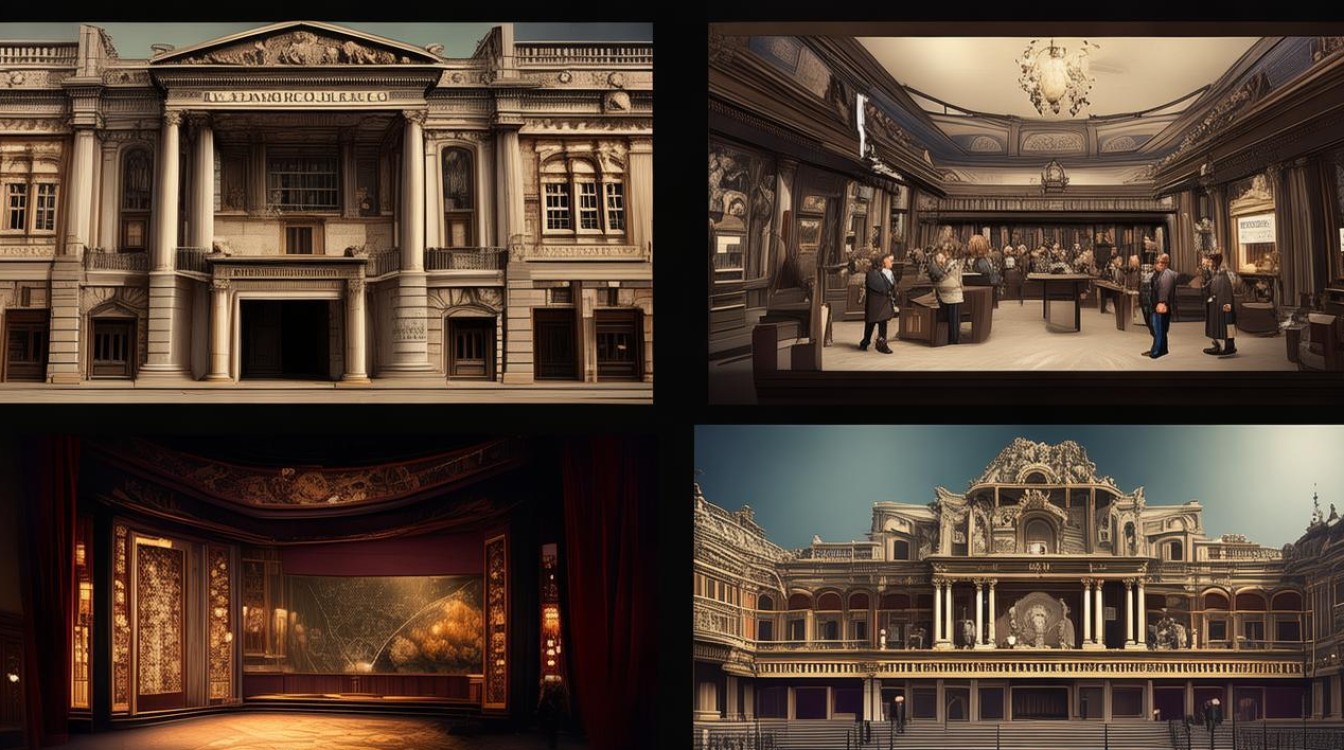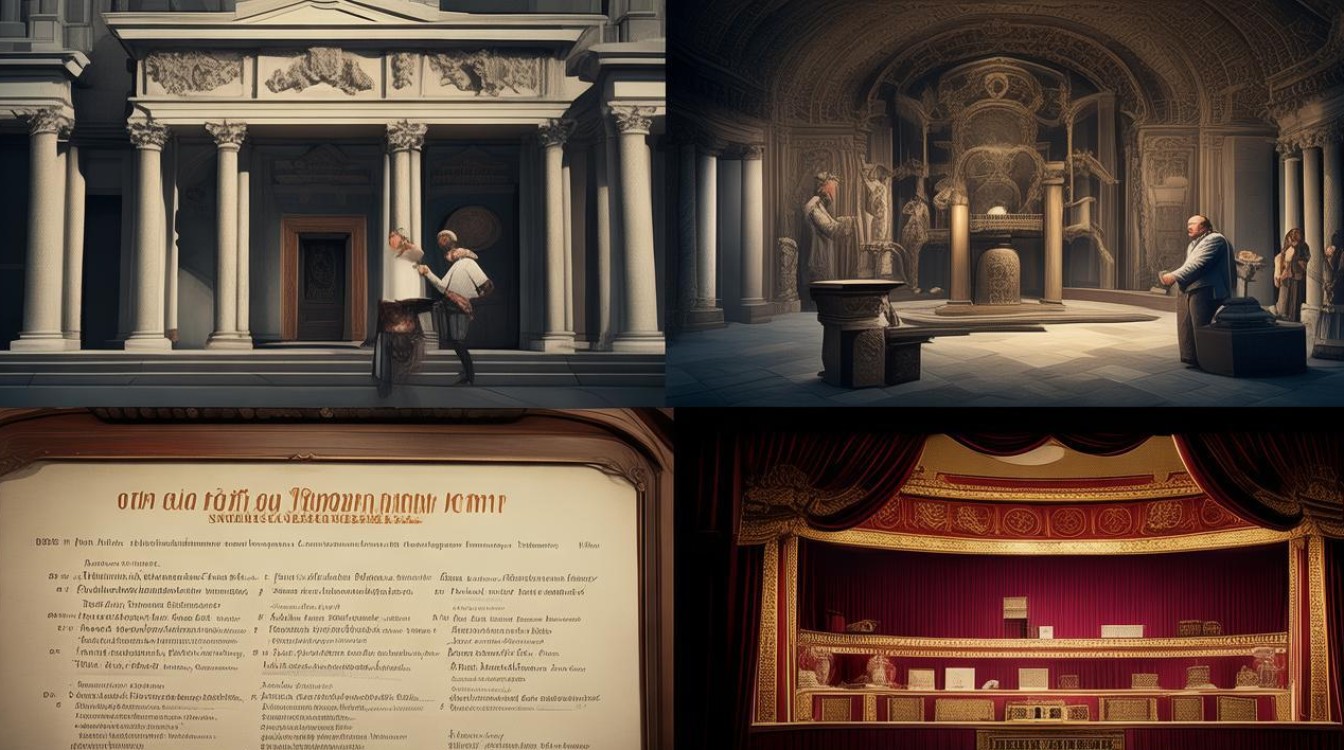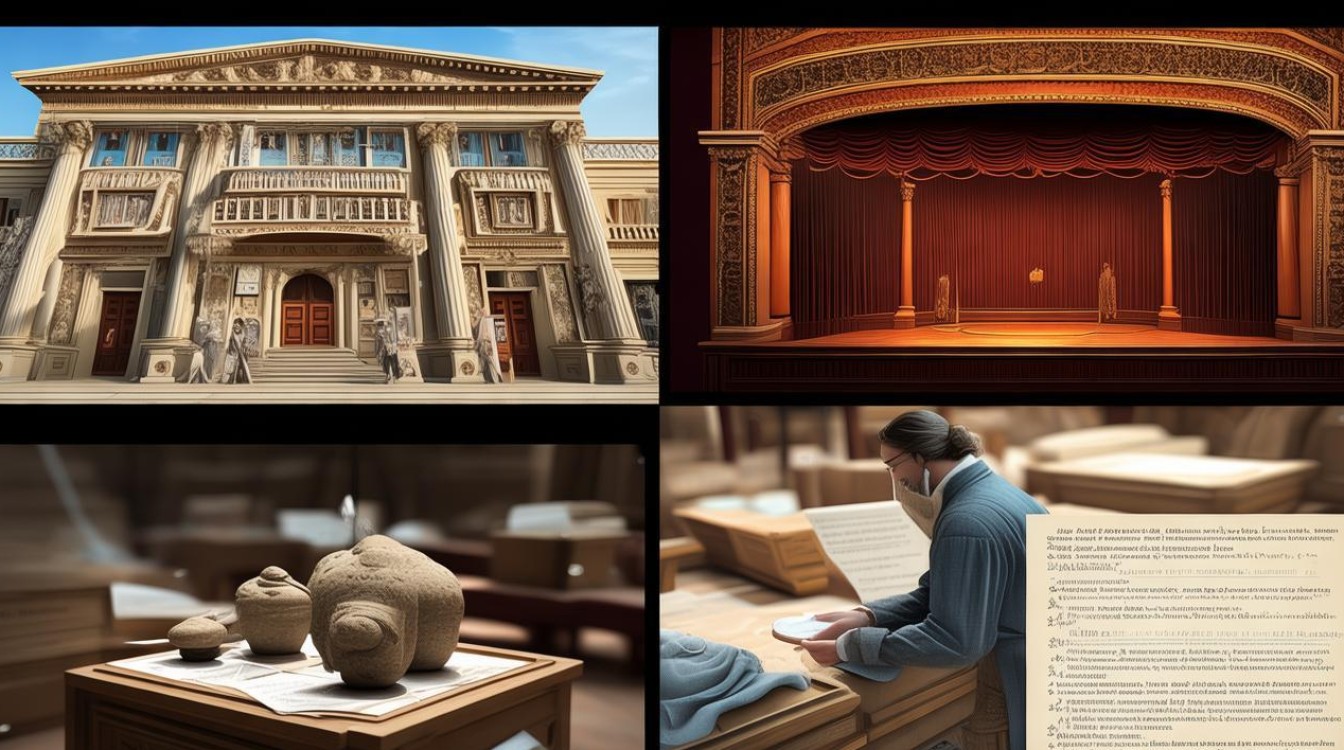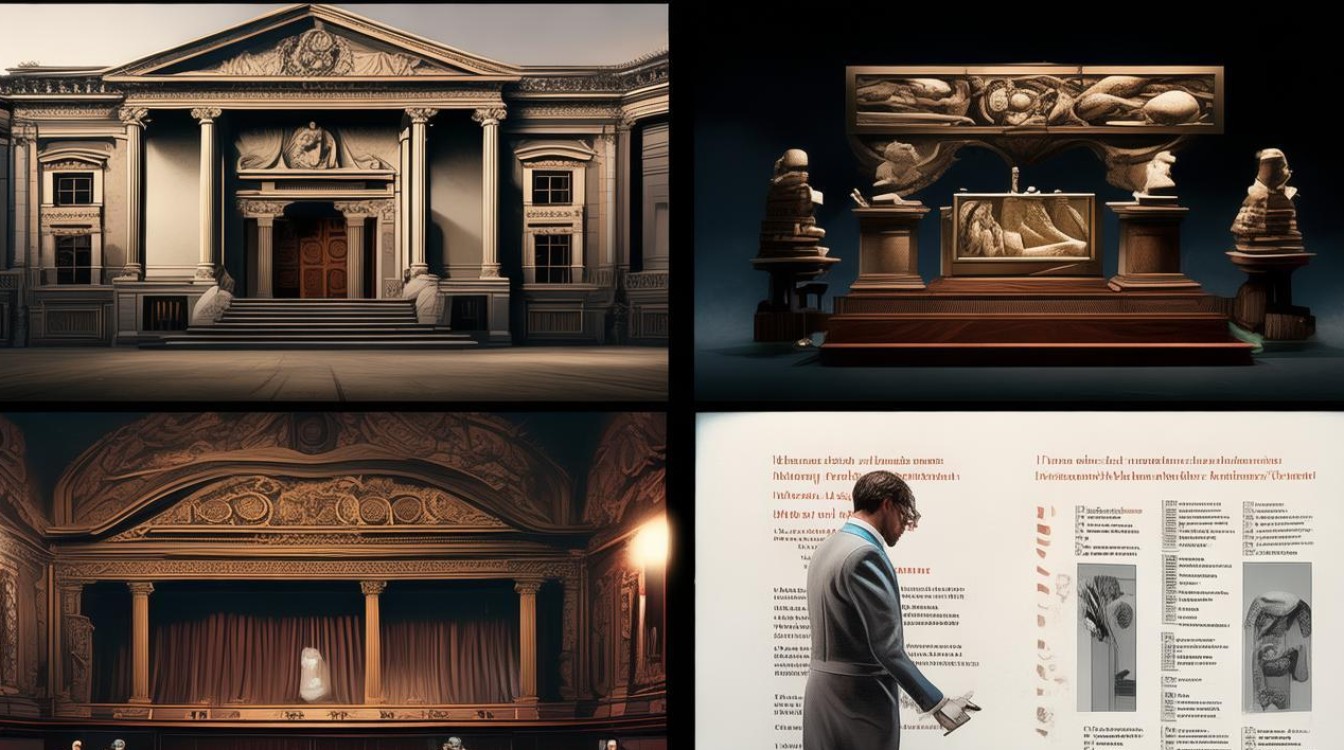Cultural spaces like museums and theatres hold immense value in society, offering insights into history, art, and human expression. Whether you're a student, traveler, or language enthusiast, knowing the right English terms can enhance your experience. This guide covers essential vocabulary related to museums and theatres, helping you navigate these spaces with confidence.

Museum Terminology
Museums preserve and display artifacts, artworks, and historical objects. Here’s a breakdown of key terms:
General Museum Terms
- Museum – An institution dedicated to preserving and exhibiting objects of cultural, historical, or scientific significance.
- Exhibition – A curated display of items, often temporary.
- Gallery – A room or space where art or objects are displayed.
- Collection – A group of artifacts or artworks owned by a museum.
- Curator – A professional responsible for selecting and organizing exhibits.
- Artifact – A human-made object of historical or cultural importance.
- Permanent Collection – Artworks or items always on display.
- Temporary Exhibit – A short-term display, often traveling between museums.
Types of Museums
- Art Museum – Focuses on paintings, sculptures, and visual arts.
- History Museum – Showcases historical events and objects.
- Science Museum – Features interactive exhibits on scientific principles.
- Natural History Museum – Displays fossils, animals, and geological specimens.
- Children’s Museum – Designed for interactive learning.
- Wax Museum – Displays lifelike wax figures of famous people.
Museum Features
- Audio Guide – A recorded tour providing information about exhibits.
- Interactive Display – Hands-on exhibits allowing visitor participation.
- Gift Shop – A store selling souvenirs related to the museum’s theme.
- Cafeteria – A dining area within the museum.
- Archives – A storage area for historical documents.
Theatre Vocabulary
Theatres bring stories to life through performances. Understanding theatre terminology enhances appreciation for live shows.

General Theatre Terms
- Theatre (or Theater) – A venue for live performances.
- Play – A dramatic performance by actors.
- Musical – A play incorporating songs and dances.
- Act – A major division within a play.
- Scene – A smaller segment within an act.
- Script – The written text of a play.
- Director – The person overseeing the production.
- Actor/Actress – Performers in a play or musical.
Theatre Spaces
- Stage – The area where performers act.
- Backstage – The area behind the stage, unseen by the audience.
- Wings – The sides of the stage where actors wait before entering.
- Orchestra Pit – A sunken area in front of the stage for musicians.
- Balcony – Elevated seating above the main floor.
- Box Seats – Private seating areas on the sides of the theatre.
Production Roles
- Playwright – The writer of a play.
- Producer – The person financing and organizing the production.
- Stage Manager – Coordinates all aspects of a performance.
- Set Designer – Creates the physical environment of the play.
- Costume Designer – Designs clothing for characters.
- Lighting Technician – Controls stage lighting effects.
Performance Elements
- Monologue – A long speech by a single character.
- Dialogue – Conversation between characters.
- Improvisation – Unscripted acting based on spontaneous ideas.
- Intermission – A break between acts.
- Standing Ovation – When the audience stands to applaud.
Comparing Museums and Theatres
While museums and theatres both celebrate culture, they differ in presentation:
- Museums focus on static displays, encouraging observation and reflection.
- Theatres rely on live performances, creating dynamic, emotional experiences.
Visiting both enriches cultural understanding. Museums educate through artifacts, while theatres engage through storytelling.

Enhancing Your Experience
To make the most of museum and theatre visits:
- Research in advance – Check exhibit themes or play synopses.
- Use guided tours – Audio guides or docents provide deeper insights.
- Engage with interactive elements – Many museums offer hands-on activities.
- Arrive early – Theatres often have pre-show discussions.
Cultural institutions thrive when visitors engage thoughtfully. Learning the right vocabulary ensures meaningful interactions with art, history, and performance.

Understanding these terms not only aids communication but also deepens appreciation for the arts. Whether admiring a Renaissance painting or watching a Shakespearean play, the right words connect us to culture in profound ways.

